10 Plant Based Protein Sources
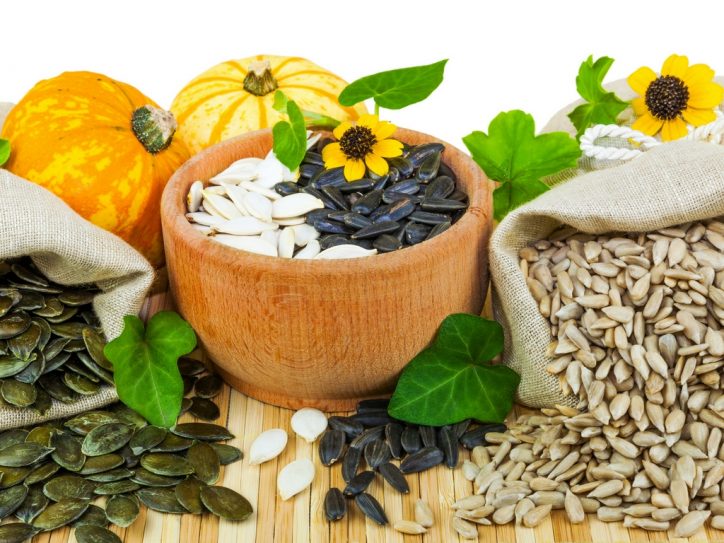
Plant Based Protein Sources are necessary for more than just building muscle. Every part of your body needs protein to function, from red and white blood cells to hair and skin.
Consuming protein at every meal stabilizes your blood sugar levels, which helps with everything from improving your mood to weight management to the health of your nervous system.
So how do you boost your protein intake without consuming a big piece of meat? It’s not as hard as one may think to get more plant based protein in your diet. Power up your favorite meals with these easy-to-use plant proteins.
I will be focusing on how to eat the best plant based protein and how not to worry about getting enough protein! There are many people who are worried that if they don’t eat meat or want to cut back on animal protein that they will get sick and not have enough protein intake.
Check out this printable and my upcoming posts so we can put the rumor that you need animal protein to rest!
Top 10 Plant Based Protein Sources
1. Pumpkin Seeds
Pumpkin seeds are high in magnesium, which is important to your nervous system health. They can be added to your morning smoothie, mixed in to baked goods or sprinkled on oatmeal.
Lightly toasted pumpkin seeds also make a great salad topper. Pumpkin seeds are delicious ground and used as a thickener in soups.
2. Fermented Protein Powder
While vegan protein powders can sometimes be hard to digest, the fermented variety supports healthy gut bacteria. Fermented protein powder can be easily blended in to your morning smoothie.
3. Sunflower Seeds
Sunflower seeds are high in protein and are also anti-inflammatory. They can help with symptoms linked to asthma and arthritis by sprinkling on salads and oatmeal. Ground sunflower seeds can also be used in place of flour and added to grain-free baking recipes. You can also grind them to make Sunflower Butter!
4. Nut Butters
High in healthy fats and protein, nuts are wonderful for balancing your blood sugar levels. Add a scoop of almond butter to your smoothies or spread some cashew butter on a muffin or toast.
5. Hemp Seeds
Hemp seeds are jam-packed with protein. They also contain omega-3 to omega-6 fatty acids. They can be added to smoothies or sprinkled on salads. They are soft and don’t need to be strained, so they’re also good for making dairy-free seed milk.
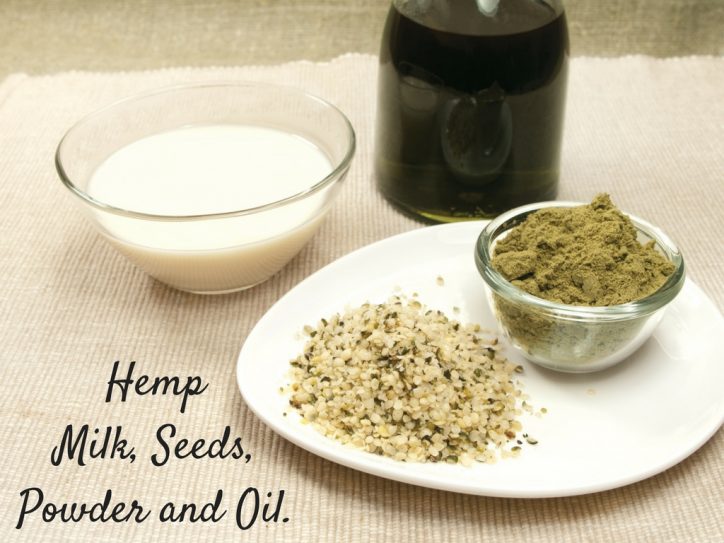
6. Alfalfa Sprouts
High in vitamin C, alfalfa sprouts are made up of 35% highly-digestible protein. They are a great addition to your favorite salad or smoothie. Alfalfa sprouts can also be easily grown in your own kitchen.
7. Spirulina
While you may not think “green” is a normal color when it comes to protein, this algae is actually a 65% highly-digestible protein. It’s also incredibly high in calcium, making it great for bone health. Spirulina makes a great addition to a smoothie. It has a very refreshing “fresh” outdoors smell and wonderful taste.
8. Chickpea Flour
You may not think baked goods can be a good source of plant protein but, swapping out your usual flour for a high-protein, gluten-free one is a great way to add a protein boost to your treats. Chickpea flour is made of dried, ground chickpeas and it contains all of the health benefits of these nutrient-rich beans. Which includes having antioxidants, being a digestive aid and is good for blood sugar regulation.
Chickpea flour is a great gluten-free flour substitute for recipes! Check out my recipe for Banana Chocolate Chip Bread using Besan flour, aka Chickpea flour! It tastes wonderful!
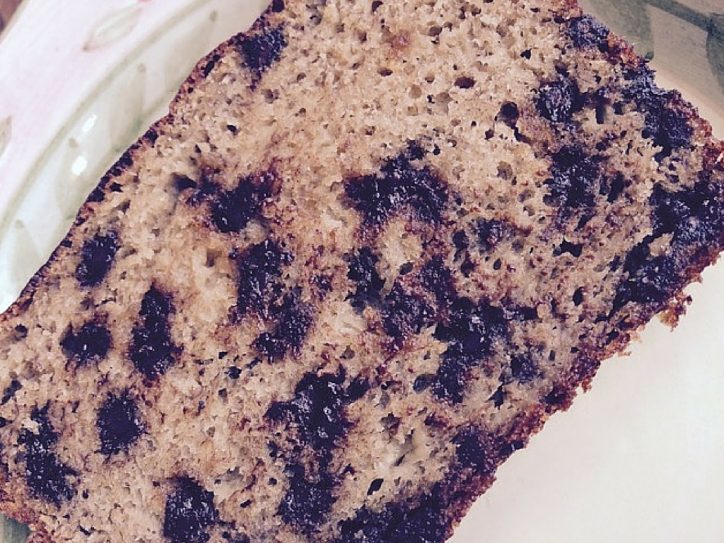
9. Ground Flaxseeds
On top of being high in protein, flaxseeds are also a good source of omega-3 fatty acids. Their fiber content also makes them great for your gut health.
Sprinkle them on oatmeal or cooked veggies for a nutty flavor. You can also add them to homemade baked goods. Studies show that cooking flaxseeds leaves the omega-3 content intact. Use a couple tablespooons mixed with water as a substitute for eggs! They work wonderfully.
10. Chia Seeds
Like flaxseeds, chia seeds are high in plant proteins and omega-3 fatty acids. Because they are able to absorb so much liquid, they can also help prevent dehydration. Add chia seeds to smoothies, sprinkle on oatmeal, and mix with a nut milk and let sit overnight to make pudding.
They can even be used as a grain-free “breading” for chicken, fish, or veggies. Since chia seeds are larger, those who have an aversion to texture may find it unappealing. The easy fix for that is to put them in a spice grinder and make powder. I like my smoothies smooth! I don’t like the feeling of tapicoa type of lumps in my drinks but some people love them left whole and more chunky.


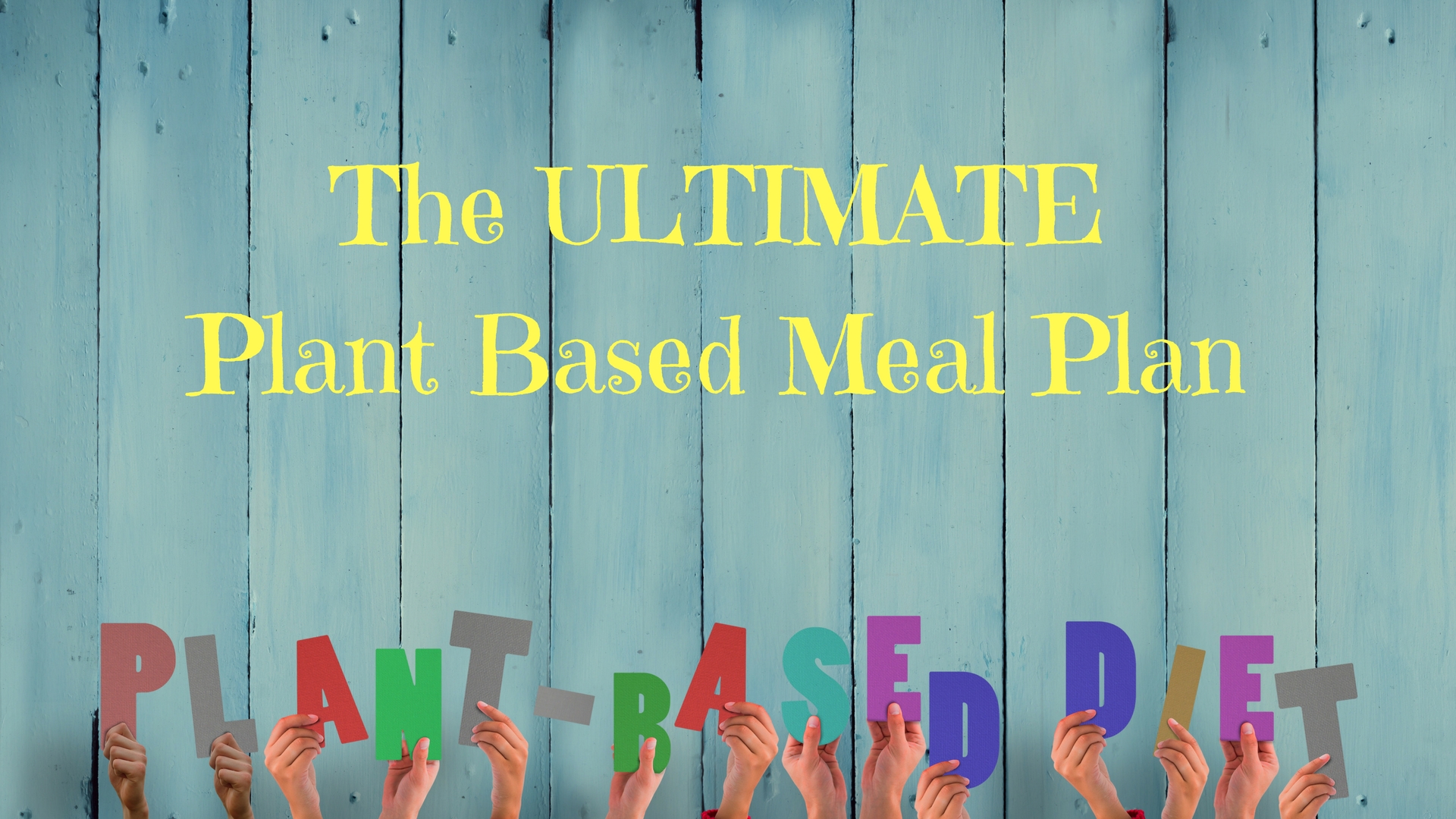


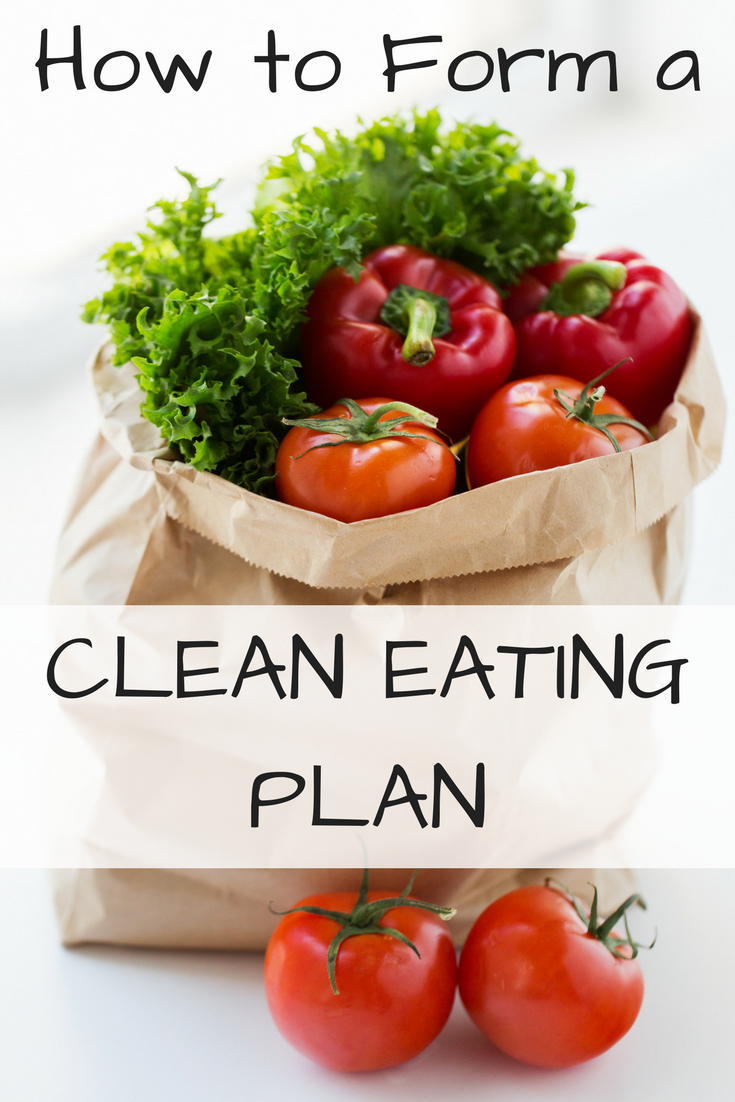
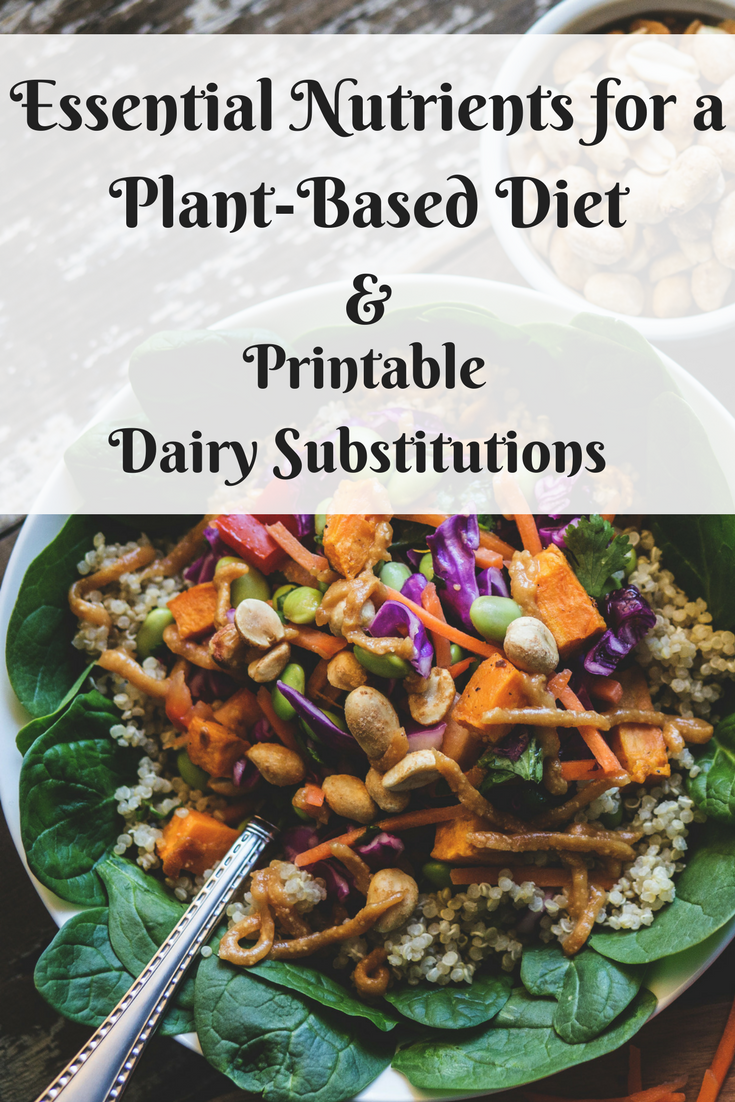
Very informative post. I didn’t know there were so many plant-based protein sources.
Glad I could share them with you Veronica
Thank you, great info!
I use a lot of these!